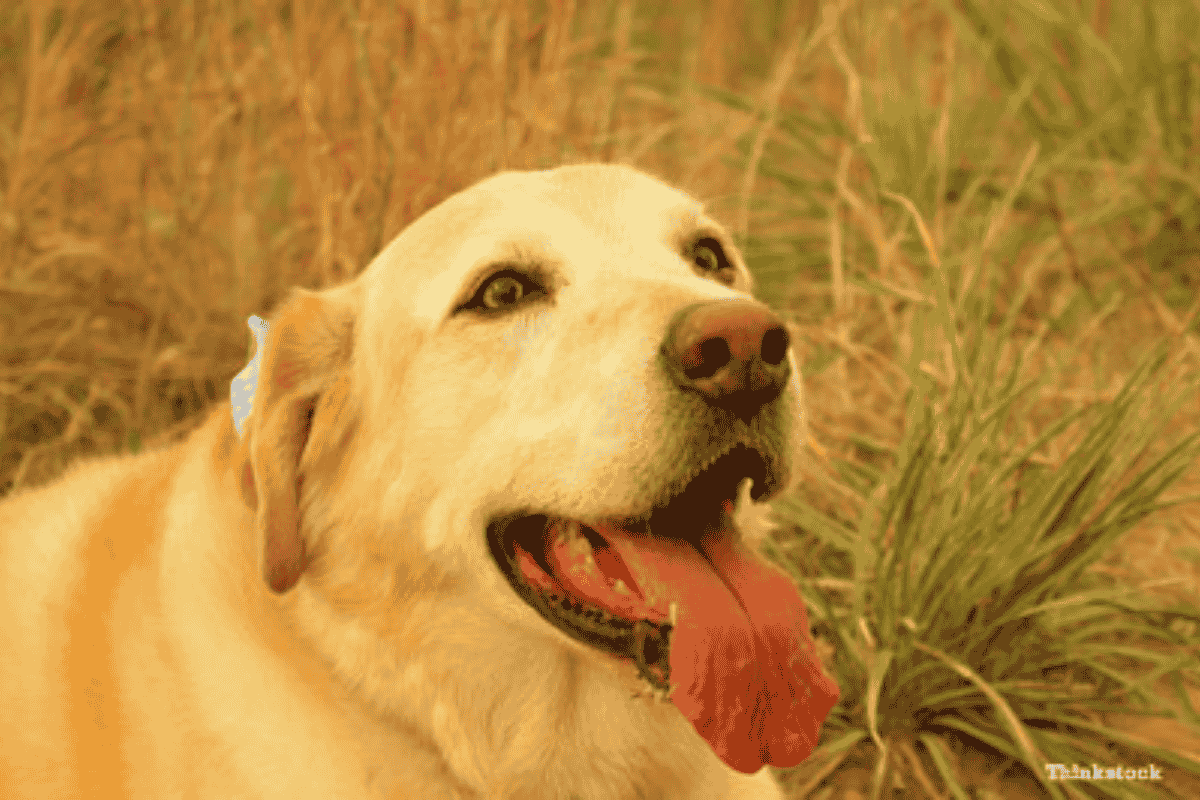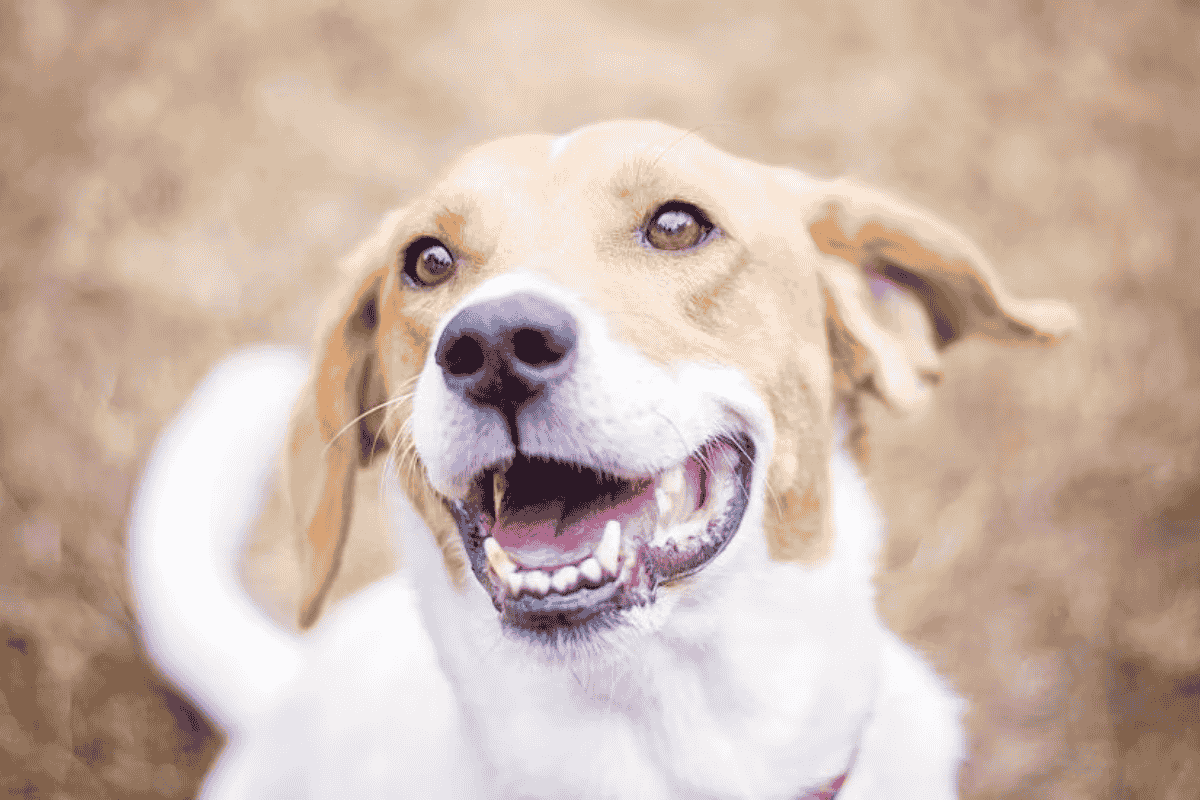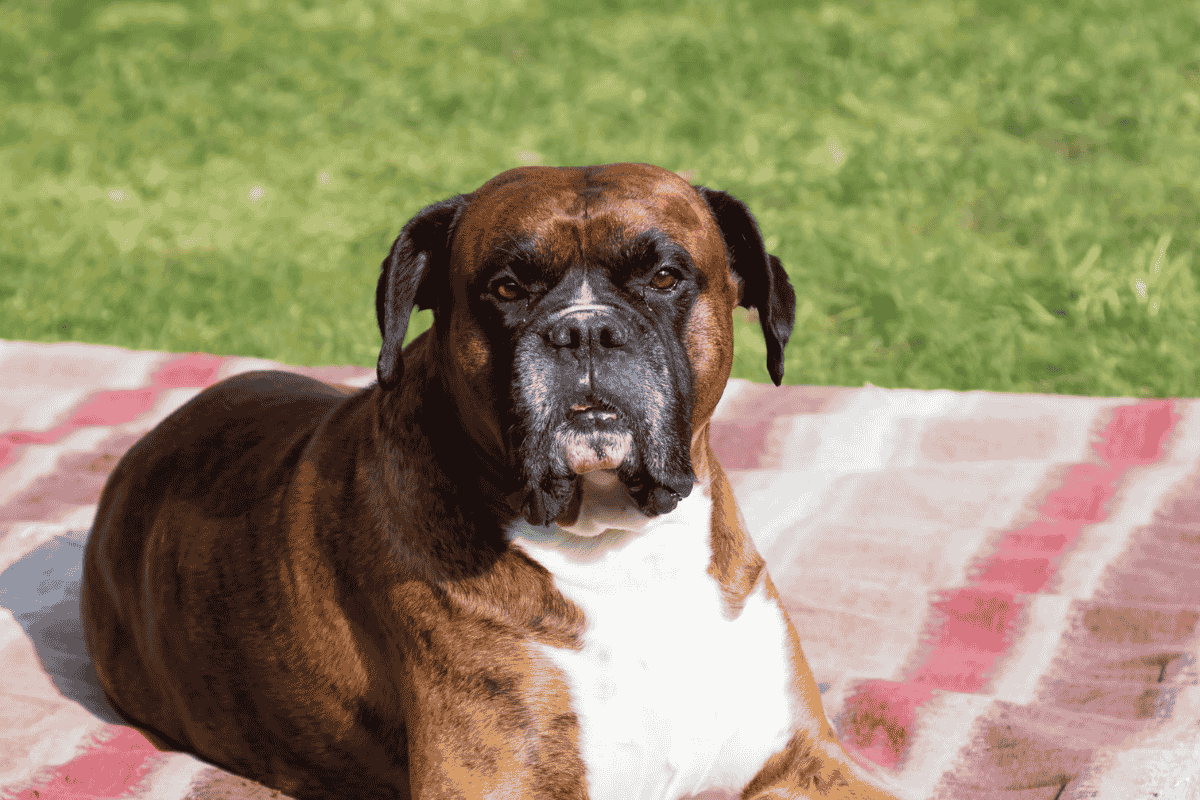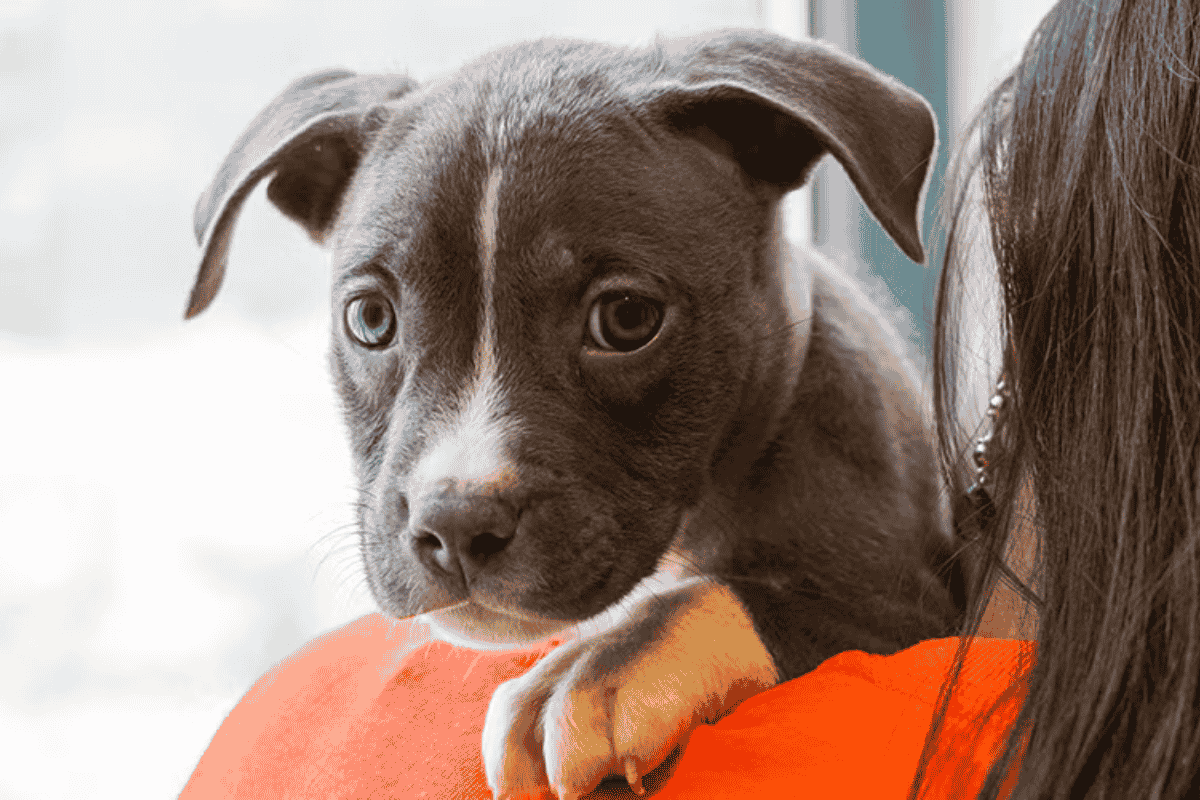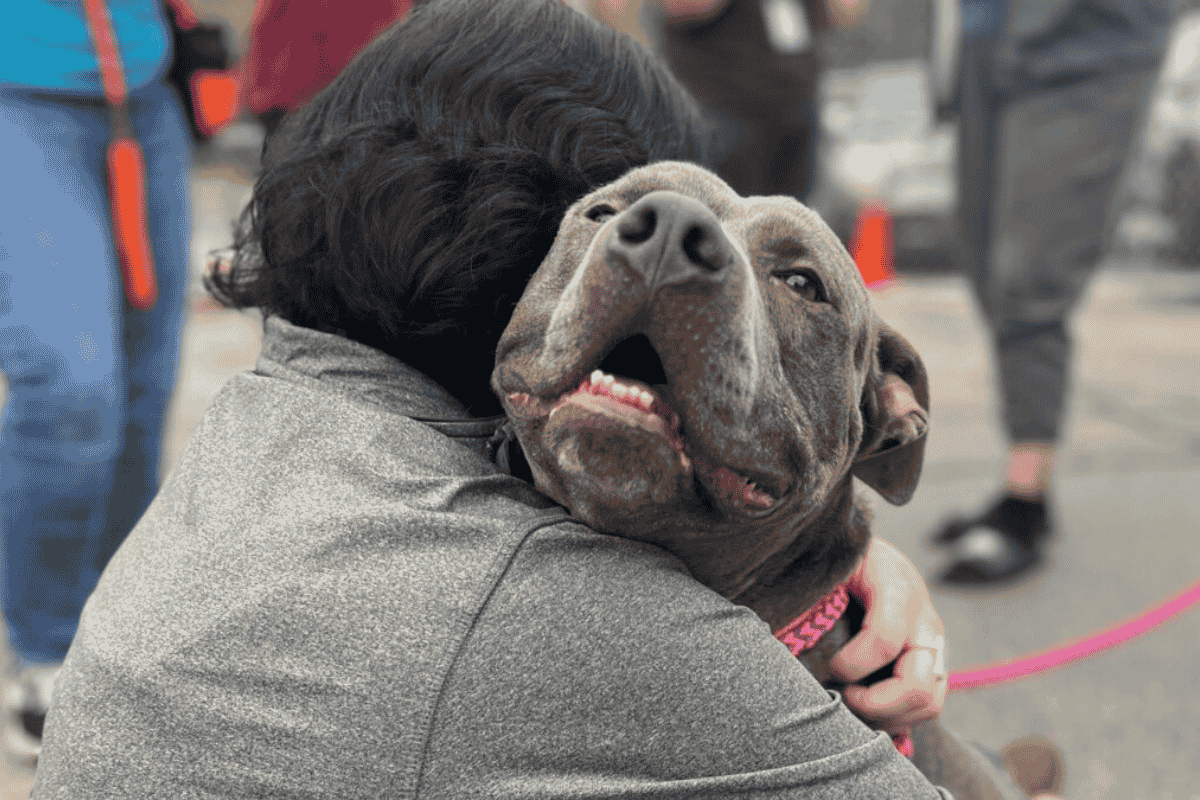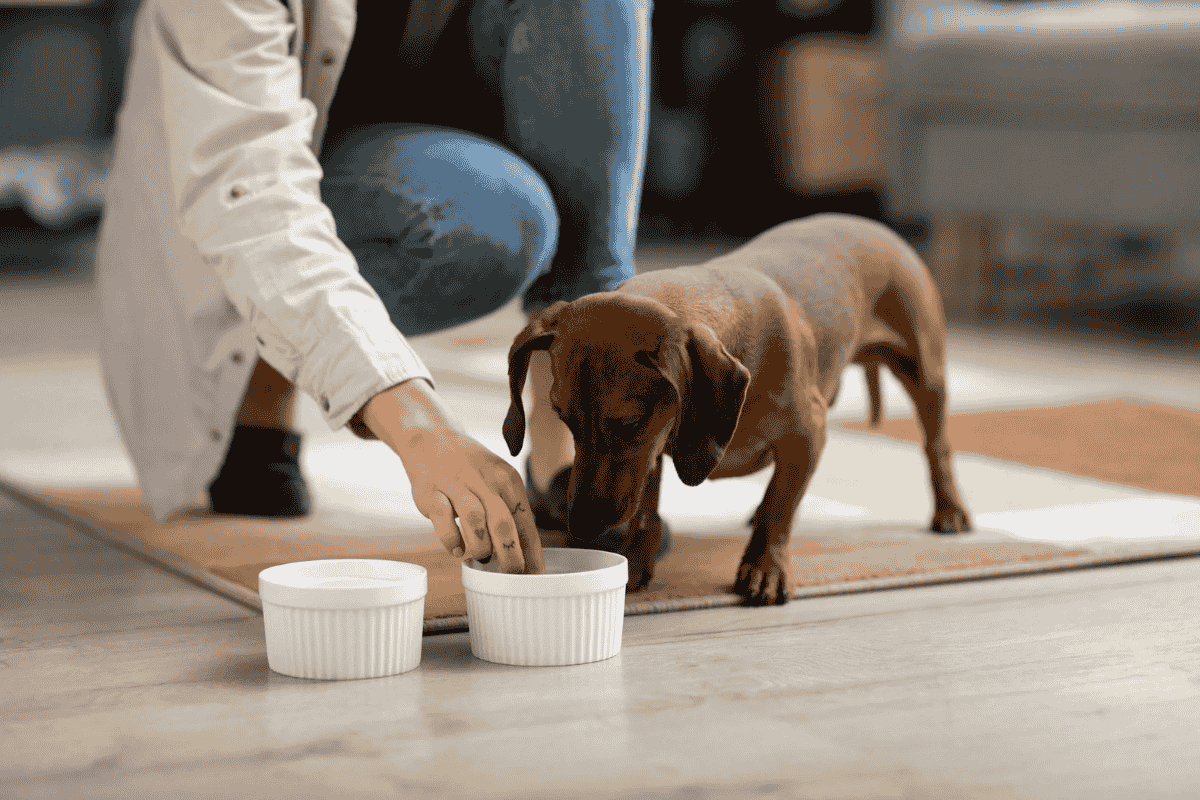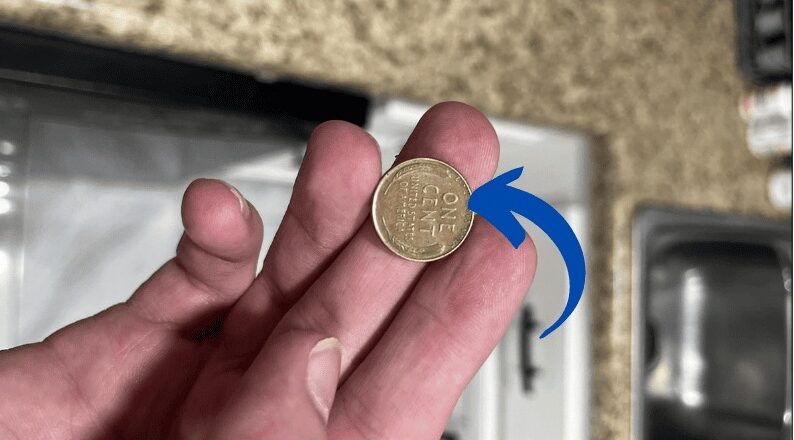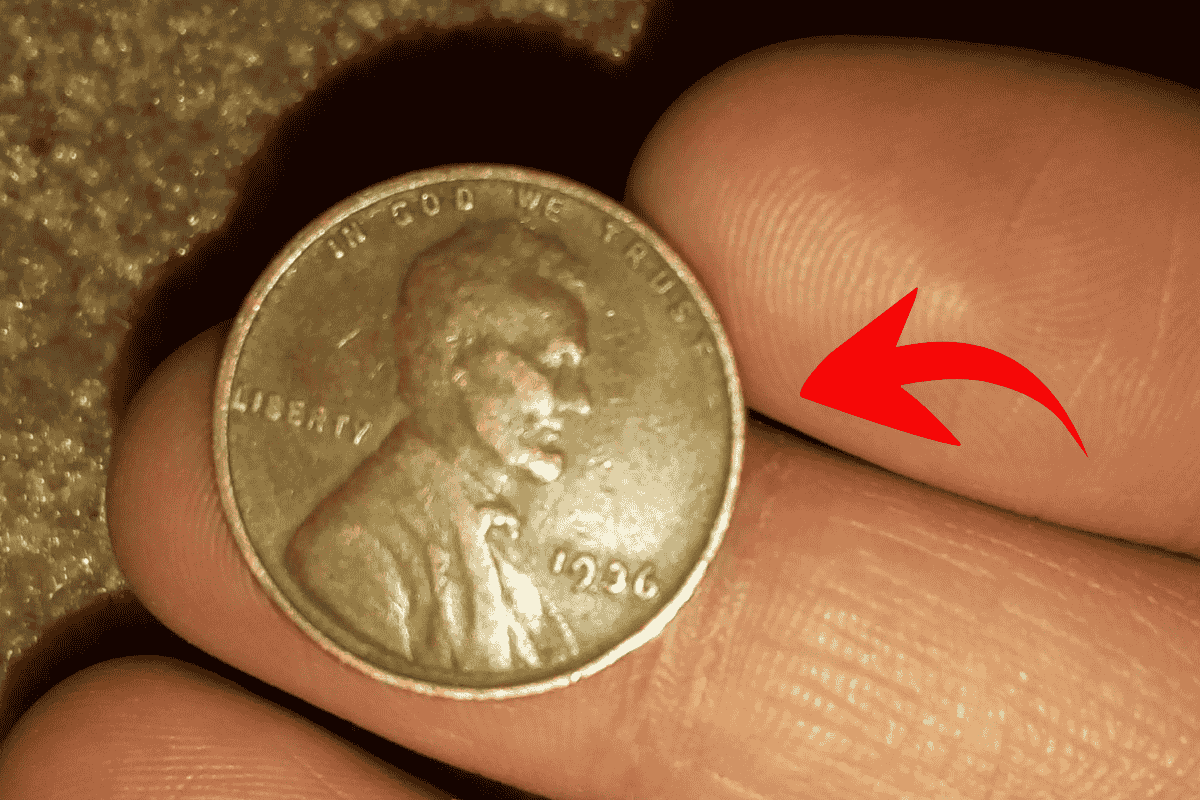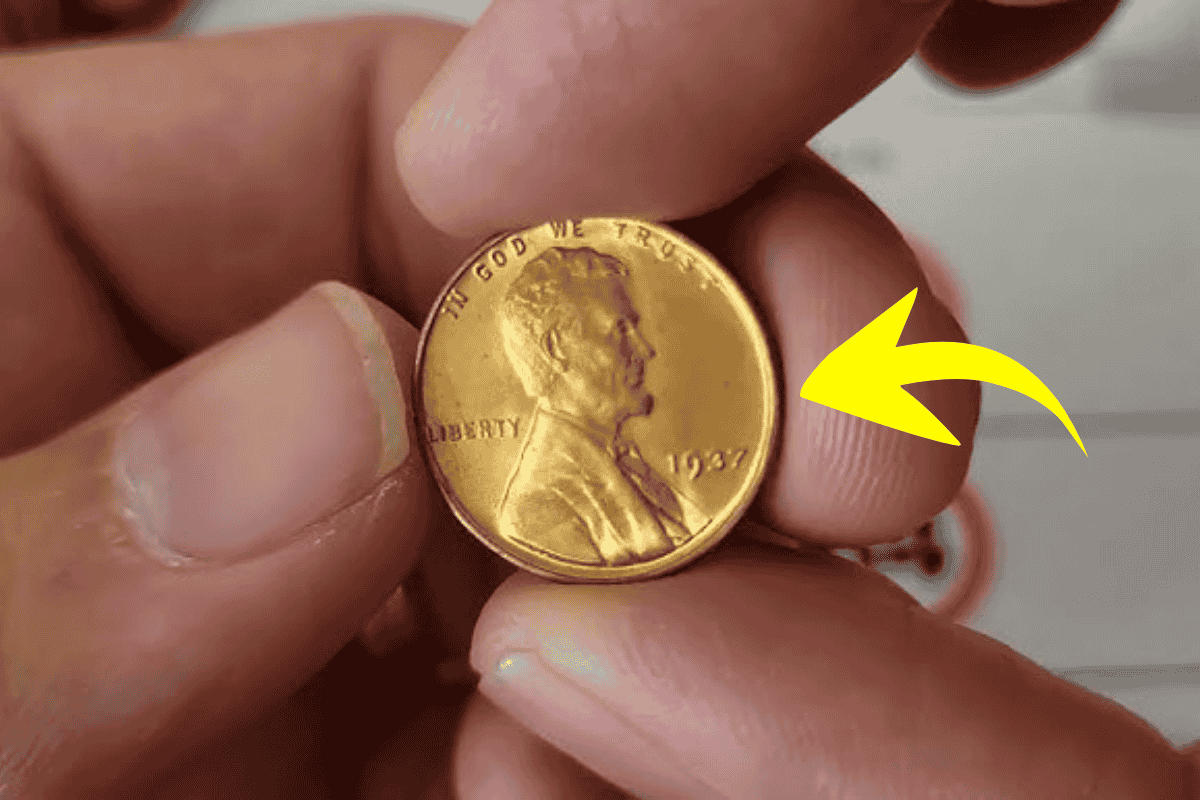Panting is a common behavior in dogs and, in many cases, perfectly normal. However, excessive or unusual panting can signal an underlying health issue that requires veterinary attention.
Knowing how to distinguish between normal panting and signs of trouble can help you protect your dog’s health and well-being.
Why Does a Dog Pant?
Dogs pant for several reasons, most of which are normal. Here are the most common causes:
1. Heat
Panting is a dog’s primary method of cooling down since they don’t sweat like humans. By rapidly inhaling and exhaling, dogs increase water evaporation from their lungs and nose, which cools their body.
- Tip: Always provide fresh water, shade, and cooling mats in warm weather.
2. Excitement
Dogs often pant when they’re happy or stimulated, such as when meeting new people or anticipating treats. This panting is usually shallow, quick, and may be paired with whining.
3. Stress
Panting is also a common sign of anxiety. If your dog’s eyes are wide, they’re yawning, or turning their head away, the panting may indicate stress.
- Tip: Frequent stress panting may require intervention such as anxiety vests, calming supplements, or professional advice from your vet.
Why Is My Dog Panting So Much?
Excessive panting in a calm, cool environment may point to a health issue.
1. Pain
Panting can indicate discomfort, nausea, or pain. A veterinarian exam and diagnostic tests can help identify the cause.
2. Medication Side Effects
Steroids such as prednisone commonly cause panting even when dogs aren’t hot or stressed.
3. Heatstroke
Overheating is life-threatening. Dogs with heatstroke pant heavily, may seem restless or unresponsive, and need emergency veterinary care.
- At-risk breeds: Short-nosed dogs (Pugs, Bulldogs) are more prone to overheating.
4. Medical Conditions
Heart disease, lung issues like pneumonia, and hormonal disorders such as Cushing’s disease can all cause abnormal panting.
How to Tell If Panting Is Abnormal
Use these steps to evaluate whether your dog’s panting requires a vet’s attention:
1. Context Matters
Normal panting correlates with activity or temperature. Panting during rest or sleep is often abnormal.
2. Watch for Other Symptoms
Lethargy, poor appetite, shaking, coughing, or gum discoloration (gray, blue, bright red) are warning signs.
3. Listen to the Sounds
Changes in panting sounds may indicate airway issues:
- Laryngeal paralysis (seen in Labs and Goldens) causes abrasive panting.
- Short-nosed breeds often make snorting sounds from airway obstruction.
4. When in Doubt, Call the Vet
If you’re unsure whether panting is normal, seek veterinary advice immediately.
What To Do if Your Dog Is Panting Heavily
If Your Dog Is Overheating
- Move them indoors or into shade
- Wet them down with cool water
- Offer fresh water to drink
- Call your veterinarian or emergency hospital
- Run the car A/C if transporting them
Veterinary care may include fluids, cooling, and blood work to check organ function.
If Panting Comes With Other Symptoms
Schedule a vet appointment as soon as possible. Diagnostics may include blood tests or X-rays, and treatment could range from at-home medication to hospitalization.
